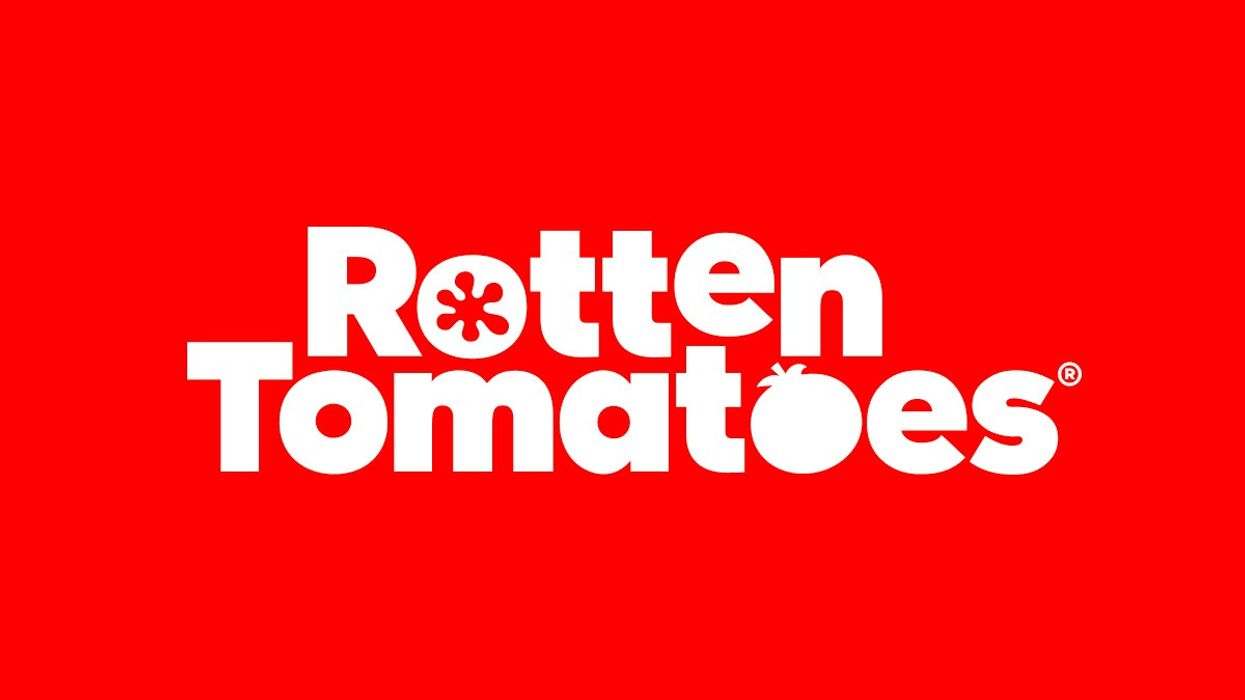Rotten Tomatoes Scores Are Notably Higher Than Usual
Over the last decade, movie scores are on the rise on the site. Why?

You might remember this year thatPaddington 2 was battling Citizen Kane as the best-reviewed movie of all time on Rotten Tomatoes. Now, I think that Paddington 2 is the Citizen Kane of bear movies, but is it better than Citizen Kane?
Why is this even happening? Data compiled by Global News says that Rotten Tomatoes scores have been creeping upward for the last ten years.
So how does this work? Well, a film gets released and uploaded onto the site. Then it gets a "Tomatometer" score. That score is based on a number out of 100. It means that if a film's score is a 75 on the site, that 7 out of 10 reviewers thought it was worth you watching the film.
As Global News reports, "In 2009, the average Tomatometer score for all wide releases was 46 percent, and it was roughly at that level for much of the 2000s. By 2019, that average score had climbed to a high of 62 percent—an important milestone, since 60 percent is the dividing line between a 'fresh' film and a 'rotten' one."
That's kind of a suspicious rise in ratings. Is every movie getting better? Probably not.
These ratings are what influence audiences to watch things. They send people to the theater or help them pick which streamer to subscribe to. So why are these numbers going up? There is one theory...
The website was purchased by Warner Bros. in 2011. And in 2016, Comcast (which also owns NBCUniversal) acquired a 70 percent stake. The Comcast deal directly linked Rotten Tomatoes into a division of the ticket vendor Fandango. Meaning you could buy tickets for highly rated movies through the website.
Joel Meares, editor-in-chief at Rotten Tomatoes, says there's no correlation between these sales and higher ratings.
“What I can say is that [I] never felt any pressure to have higher scores for movies that are released by our parent companies,” Meares told Global News.
According to him, there is no way corporate owners could skew the ratings.
He went on to say, “We ingest reviews. They are either fresh or rotten. They go into a pool. The percentage is the percentage and it is what it is.”
But here's the deal, half of Rotten Tomatoes reviews come from the public. That means studios can spam the site and goose the numbers, if they so choose. Here's the other thing—Rotten Tomatoes doesn't get their Tomato reviews directly from critics.
They actually employ a team of seven curators who read hundreds of reviews a week and then make the arbitrary decision to mark them fresh or rotten based on their personal interpretation. If they are not sure, another curator reads it, and if they still are not sure, then they call the reviewer.
This means that you could give a movie 2 stars out of 4 and still be seen on the site as saying go see it because you praised a certain aspect.
Of course, all reviews are subject to the reviewer. But another issue is that the website is mostly aggregating the white male point of view. A 2017 USC Annenberg report found that 82 percent of the reviews on Rotten Tomatoes were written by white critics, and 78 percent by men. That means the meter might be skewed and biased against more diverse titles, without even knowing it.
This all presents an interesting conundrum moving forward. How do you pick which things to watch and when? The best way to use Rotten Tomatoes might be to shift over to see what the "Cream of the Crop" gives a movie, and ignore the rest. Or you might need to seek out a particular reviewer and see how their taste echoes your own. Or you can try other websites likeMetacritic. Or you can just get plugged into various social media outlets and see what's buzzy and popular.
Either way, be careful how you pick what to watch in the future.
Let us know what you think in the comments.
Source: Global News











